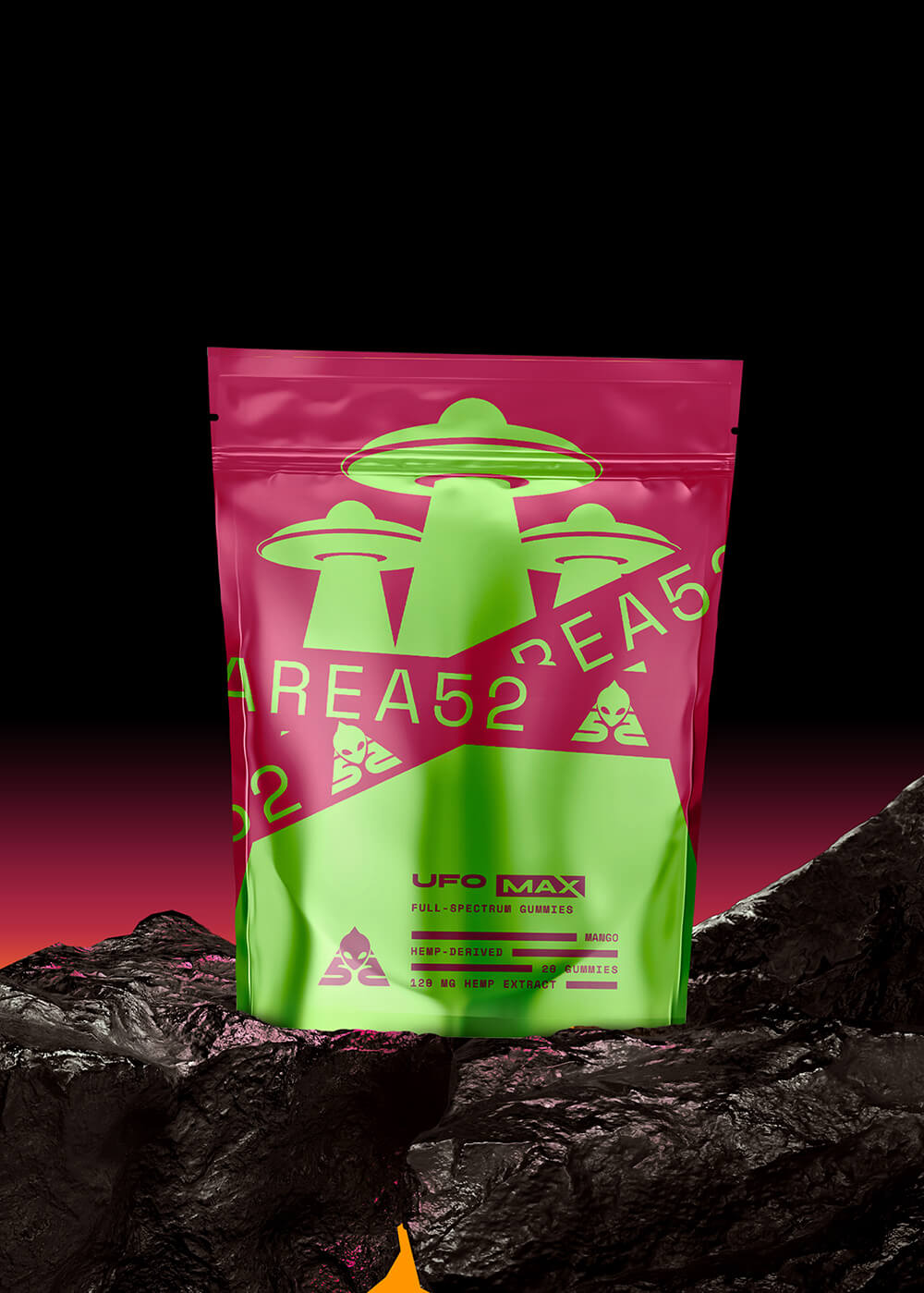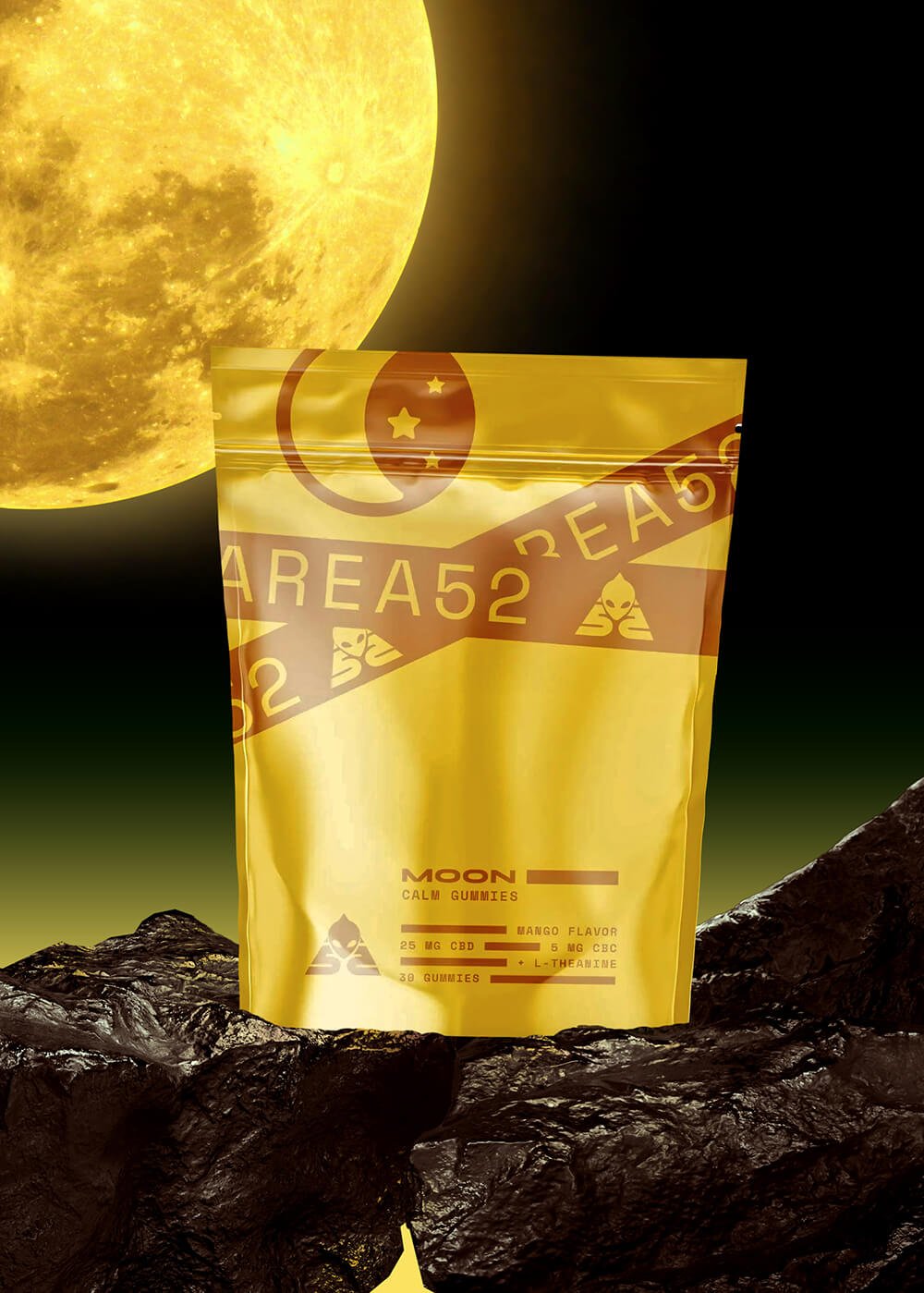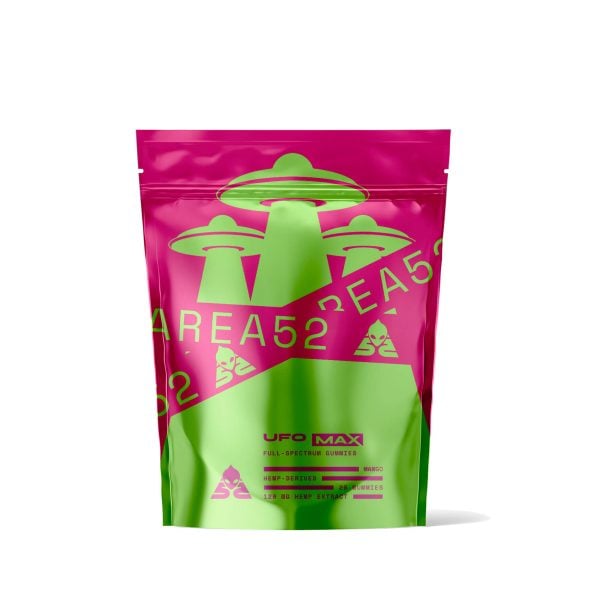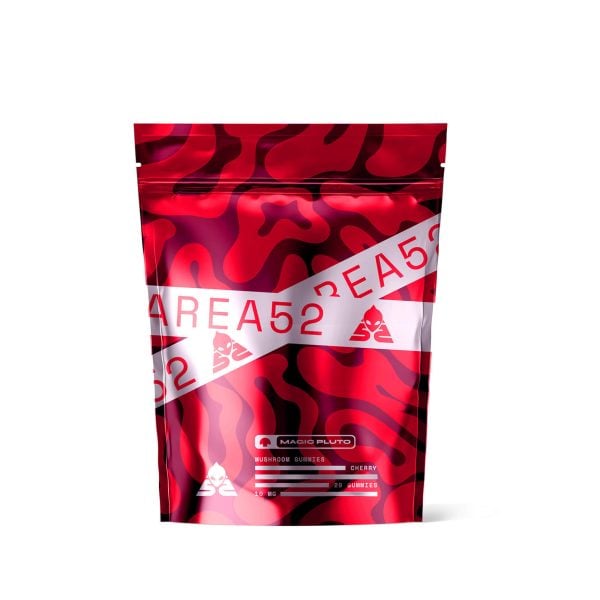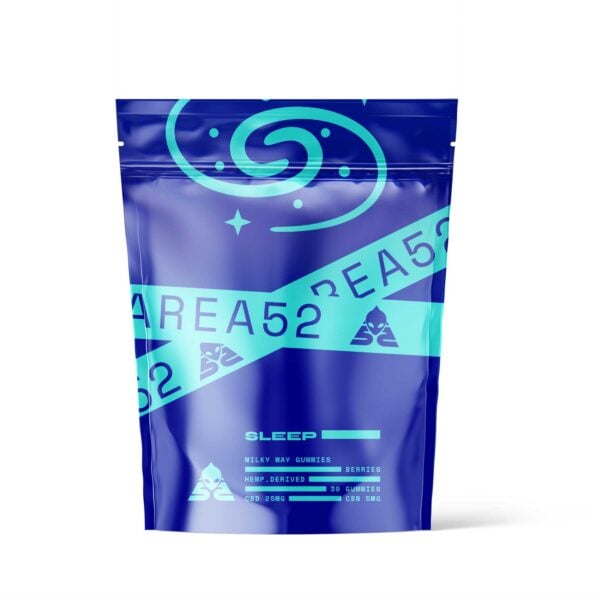How Does CBG Make You Feel?

According to people who use it, CBG (cannabigerol) may make users feel more mentally “sharp” or “clear-headed” compared to other cannabinoids. This is one of the main reasons why this cannabinoid is so popular for cannabinoid-based nootropic formulas.
Medical studies on CBG and its therapeutic benefits are scarce, leaving anecdotal evidence on its perceived medical effects as the only plausible avenue to learn about its effects (for now).
This article aims to give people who haven’t tried CBG a sense of what it feels like. Below you’ll find background information about CBG, an overview of its effects as reported by users, and an explanation of how it affects the body and mind.
What Does CBG Feel Like?
Most people will find CBG to be energizing, but there is a small percentage of users who experience the opposite — claiming CBG to be more of a calming agent similar to CBD or CBN. It’s unclear why this happens to some users but not to others.
For most people, CBG is an energizer with a notable impact on mental clarity. People who use it for work or study claim it helps induce a sort of “tunnel-vision” that makes it easier to remain highly engaged in whatever they’re working on.
Even those that experience CBG as an energizing agent will experience a certain “calmness” after using it. This is because CBG doesn’t work as a stimulant like caffeine — rather, it helps provide a structure of thought that dissolves distraction and allows users to be fully present. This beneficial effect provides a subtle energizing sensation.
Proponents of CBG unanimously report that it doesn’t make them feel tired or foggy the way THC and CBD can. Although these claims haven’t been substantiated in a clinical setting, they make sense considering that CBG is not psychoactive.
Summary: What Does CBG Feel Like?
- Increased mental and physical energy
- Better focus and concentration
- Sense of mental clarity
- More orderly and structured thoughts
- Enhanced convergent thinking — useful for heavy analytical work
- A sense of mental calmness and presence
Will CBG Get You High?
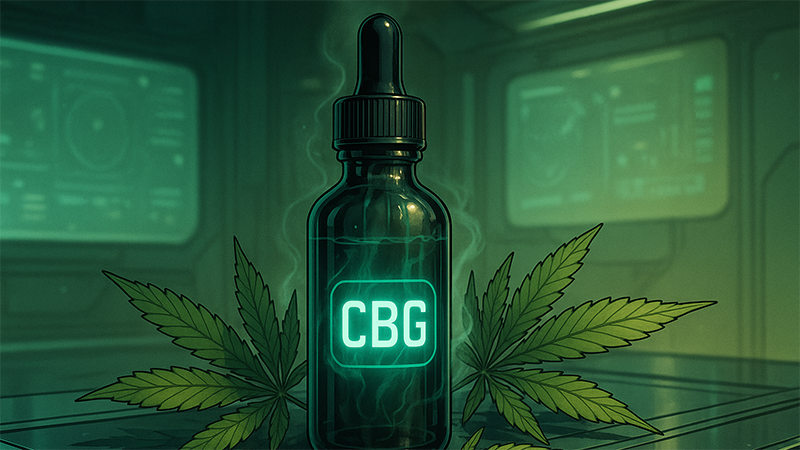
No, CBG is not psychoactive and will not make you high.
Unlike CBN, CBG has no psychoactive effects, meaning it won’t alter your headspace or impair your cognitive function or memory.
That doesn’t mean that CBG doesn’t have noticeable effects on cognition, but these effects are far from the characteristic effects experienced from using marijuana products.
In high doses, CBG can make you feel like you’re on autopilot. You may feel as though your body is going through the motions without exerting much cognitive effort to make this happen.
Does CBG Help With Focus & Concentration?
Most people who take CBG recommend it for activities that require more focus and concentration.
Users say it helps them clear their mental fog and helps them focus on their work. CBG is popular among students and professionals who say it is an integral tool for making their workflow more efficient.
How Does CBG Work in our System?
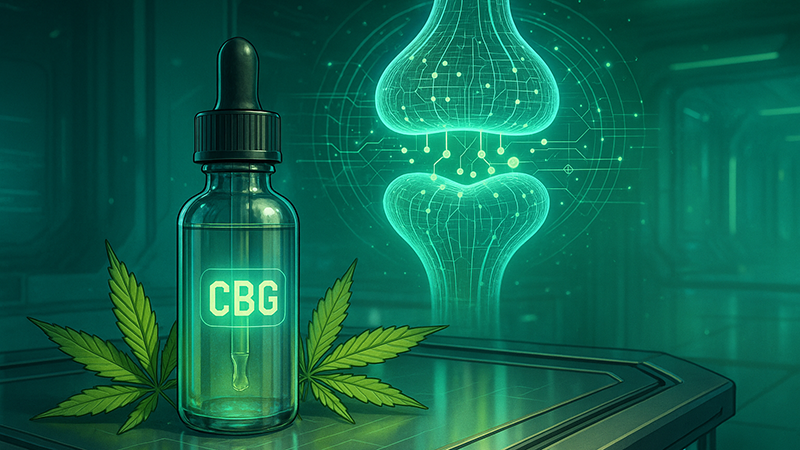
CBG interacts with the body’s endocannabinoid system (ECS), a network of receptors located throughout the nervous system and important organs and tissues. Two types of receptors make up the ECS, creatively named CB1 and CB2 receptors or cannabinoid receptor type 1 and cannabinoid receptor type 2, respectively.
CB1 receptors are located in the central nervous system (primarily in the brain), and activity at CB1 sites produces the psychoactive effects of cannabinoids like THC. Unlike THC though, CBG antagonizes CB1, meaning it has the opposite effect of THC and doesn’t have any psychoactivity.
CB2 receptors are not understood as well as CB1 receptors, although researchers believe that CB2 receptors play an important role in the body. These receptors are located primarily in the peripheral nervous system.
CBG interacts with both CB1 and CB2 receptors, although it is thought to have a stronger affinity for CB2 receptors.
Research shows CBG also has the unique ability to interact with the adrenergic system — which is the same mechanism used by caffeine and other stimulants to make you feel more awake. CBG has a much milder effect on these receptors than caffeine, but this could explain how it’s able to provide some of its energizing benefits.
Is CBG Safe to Use?
CBG is relatively safe to use, although more research is needed to determine the full suite of effects it has on humans. There are no known major side effects in either the long or short term from using CBG.
With that said, the consumption method matters.
Consuming edibles or tinctures don’t come with any known side effects, but smoking and vaping CBG products can cause issues related to inhaling vapors and combusted material.
Just like smoking marijuana or hemp for THC or CBD, inhaling combusted cannabis flower or vaporized CBG could increase the risk of lung disease over long periods of time.
What Is CBG?
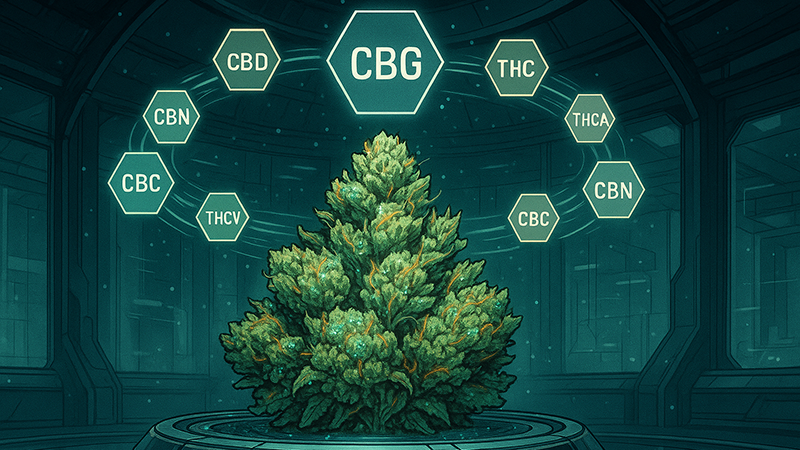
CBG (cannabigerol) belongs to a group of compounds called “phytocannabinoids” and can be found in all hemp and cannabis strains. This group is named after their ability to interact with a group of receptors in the body called the endocannabinoid system.
CBG gets converted to other cannabinoids like THC and CBD throughout the plant’s natural lifecycle, so it only appears in tiny amounts, at most around 1% in mature plants.
Chemically, CBG is derived from cannabigerolic acid (CBGA) through a natural process called decarboxylation. CBGA is a precursor molecule for several cannabinoids, including the more popular ones, like delta 9 THC and CBD.
CBG is non-psychoactive, meaning it doesn’t produce a high and is somewhat unique among cannabinoids, making users feel energized and focused instead of relaxed like THC or CBD typically do. This makes CBG popular among people searching for a cannabinoid to boost productivity — like those in school or business.
Perhaps the most important feature of CBG is that it is legal under the 2018 Farm Bill as long as it’s derived from hemp. CBG products must also contain less than 0.3% THC but are otherwise free from federal regulation.
Where Does CBG Come From?
CBG comes from cannabis plants. It is present in both marijuana and hemp and is considered the “mother of all cannabinoids” because it serves as the precursor for all other cannabinoids. Without CBGA — from which CBG is derived — compounds like delta 9 THC, delta 8 THC, and CBD would not exist.
CBG is decarboxylated from CBGA as the plant grows and matures. The conversion can occur when the compound is exposed to UV light, heat, and time. It’s most abundant in young cannabis plants since it gets converted to other cannabinoids as a plant matures.
Creating CBG products takes great care and is fairly expensive due to CBG’s naturally low abundance and low demand. Since delta 8 THC, delta 9 THC, and CBD have a much larger market, very few companies are harvesting young cannabis plants to optimize CBG volumes.
Extracting CBG from cannabis involves using a solvent like CO2 or ethanol to reduce hemp matter to its constituent parts. The resulting slurry is then filtered and heated to produce a CBG residue that can be used to create consumable products.
Wrapping Up: CBG’s Desirable Effect Profile
Most people who have tried CBG will agree it has a subtle energizing effect. It provides a feeling of mental “sharpness” and makes users feel as though they can enter a sort of “tunnel vision” on whatever it is they’re working on.
One drawback of CBG is that it tends to be expensive. It’s only found in small amounts in cannabis plants, and the process of extracting it is time-consuming and requires expensive chemicals and advanced machinery.
Additionally, most marijuana and hemp plants are used instead to harvest delta 8 THC, delta 9 THC, and CBD, all of which have greater demand. Limited supply is, therefore, another cause of high prices for CBG.
CBG has found an audience among students for its ability to fuel study sessions and business professionals who are looking to boost performance. Even without hard clinical evidence, anecdotal evidence for CBG’s effectiveness is abundant.
FAQs on Cannabigerol
Want to learn more about CBG? Then check out this quick list of the commonly asked questions about CBG, its effects, and side effects.
1. What is the Mother of All Cannabinoids?
Cannabigerol (CBG), or at least its acidic form called cannabigerolic acid (CBGA), is oftentimes called the mother of all cannabinoids. When the plant matures, CBGA transforms into a major cannabinoid like THC as well as other cannabinoids like CBD and CBG. CBGA converts into minor cannabinoids as well.
2. Will CBG Give You a Buzz?
No. CBG won’t make you high simply because it’s a non-psychoactive cannabinoid. You won’t experience withdrawal symptoms when you consume CBG.
3. What are the Downsides of CBG?
Similar to other cannabinoids, you might also experience some dryness in the eyes and the mouth when you consume CBG oil. However, this cannabinoid offers many potential therapeutic effects. Some of its potential benefits include analgesic and anti inflammatory properties which could benefit chronic pain. CBG also has neuroprotective properties that can help with various neurological disorders. It’s also a well tolerated appetite stimulant.
4. Is CBG Stronger Than CBD?
Some CBG effects appear to be stronger than CBD’s. For example, CBG is better for focus and energy than CBD, while CBD is best for stress and relaxation.
5. Will CBG Show Up on a Drug Test?
CBG won’t show up on a drug test, simply because standard drug tests don’t look for this specific cannabinoid. They are more sensitive to THC, its isomers, and their metabolites.
References Used
- Navarro, G., Varani, K., Reyes-Resina, I., Sánchez de Medina, V., Rivas-Santisteban, R., Sanchez-Carnerero Callado, C., … & Franco, R. (2018). Cannabigerol action at cannabinoid CB1 and CB2 receptors and at CB1–CB2 heteroreceptor complexes. Frontiers in pharmacology, 9, 632.
- Borrelli, F., Fasolino, I., Romano, B., Capasso, R., Maiello, F., Coppola, D., … & Izzo, A. A. (2013). The beneficial effect of the non-psychotropic plant cannabinoid cannabigerol on experimental inflammatory bowel disease. Biochemical pharmacology, 85(9), 1306-1316.
